During the late 80s to early 2000s, Nintendo and Sega had a huge rivalry, eventually culminating in the removal of the latter from the console market. While Sega broke technological barriers and helped usher in more mature titles, their Western and Japanese branches were constantly at odds with each other, leading to several disastrous decisions.
Fortunately, Sega still remains in the industry as a third-party developer, even helping out their formal adversary Nintendo from time to time. While Nintendo may have ultimately remained in the hardware business, their bouts with Sega served as reminders not to take their spot for granted.
10 Sega's 16-Bit Machine Came First
While the Genesis/ Mega Drive was hardly the first 16-bit machine on the market, it was the first to succeed. Next to the Genesis' sleek visuals and cutting-edge titles, Nintendo's 8-bit console looked woefully antiquated in comparison.
While the Super Nintendo would eventually appear on the market and break boundaries with titles such as Final Fantasy VI and Super Metroid, Sega's head-start netted them some solid third-party support and devoted fans. Even after the SNES came on the scene, Sonic the Hedgehog was turning heads with its vibrant visuals and groundbreaking use of speed.
9 Genesis Suffered From Less Censorship
During the early to mid-90s, Sega seemed to be the only one of the two big companies to acknowledge that games for mature audiences were a viable market. During the 1993 Congressional Hearings over violent video games, Nintendo of America President Howard Lincoln was adamant in his stance that the medium was strictly for children.
While ports of Mortal Kombat, Lethal Enforcers, Blackthorne, and several others saw an inordinate amount of censorship when ported to the Super Nintendo, ports on Sega consoles such as the Genesis and Sega CD kept all the risqué content intact. Nintendo would eventually become more lax with this policy during the SNES's twilight years.
8 The Saturn Was A Better Platform For RPGs Than The N64
For all the Sega Saturn's numerous faults, it did sport a solid library of titles from many different genres. For example, fighting game fans got rock solid ports of Virtua Fighter, X-Men Children of the Atom, and Street Fighter Alpha 2. However, one department where the Saturn truly shined over the Big N's efforts was its extensive library of solid RPGs.
Fans were blessed with Albert Odyssey, Magical Knight Rayearth, Shining Force III, and Panzer Dragoon Saga, and many more. Conversely, the Nintendo 64 had the wonderful Paper Mario, and the considerably less-wonderful Quest 64.
7 The Genesis Had Better Third Party Support
With fewer restrictions on violence and more attractive publishing deals, Sega was able to court more third-party developers toward the Genesis than the Super Nintendo. Konami pumped out several games that played to both consoles' distinct strengths, with the Genesis seeing exclusives such as Rocket Knight Adventures, Castlevania Bloodlines, and Contra Hard Corps.
Much like Square was for Nintendo, Electronic Arts was a prolific publisher for Sega's 16-bit platform, churning out hits such as the lucrative Madden titles, Road Rash, and more obscure gems such as Haunting Starring Polterguy. Unfortunately, the difficulty that came with developing for the Saturn would scare third-party developers to the PlayStation.
6 At A Time, Europe Was Strictly Sega Territory
Nintendo really botched the launch of the NES in European markets. Distributed by Mattel, the system wouldn't make it to the UK until 1987- a full two years after its North American launch. By that time, home computers such as the Amiga and Atari ST showcased how dated Nintendo's console was in comparison. Additionally, it was horribly overpriced, with games being charged at double the price of titles on the Amiga and ST.
Conversely, the Sega Master System prospered in European markets and became the highest-selling console in the UK. As far as gamers in the Land of Hope and Glory were concerned, Britain was Sega territory.
5 Many Genesis Tie-Ins Showed The SNES Up
Jurassic Park saw two completely different titles on the Super Nintendo and the Sega Genesis, with the former being handled by Ocean Software and the latter developed by BlueSky Software. While the Super Nintendo benefited from some nifty Mode 7 effects and some novel FPS sections, the Genesis was more well-received for its more polished mechanics and the ability to choose between Dr. Grant and the Raptor.
The Genesis version of NBA Jam may have featured a lower color palette than the Super Nintendo, but it featured more music. Toy Story had an exclusive level on the Genesis that took on a 3D driving section called "Day-Toy-Na."
4 Sonic Was Once More Popular With Kids Than Mario
While it may be hard to believe now, there was once a time when Sonic the Hedgehog was as big a name as Nintendo's famous plumber. A collaboration between Sega's Japanese and American divisions, the character was created to give the Sega brand a recognizable mascot on par with Mario.
In 1991, Sega's America division conducted a focus group session with a bunch of younger Mario fans. After showcasing Sonic's debut title, the group responded more toward the blue blur. Unfortunately, a series of underwhelming titles would drag the hog's reputation. Regardless, the two have put aside their differences in a series of Olympic titles.
3 Sega's Edgy Advertising Campaign Fared Better Than Nintendo's
Sega of America's marketing strategy was to pose its brand as the hipper and cooler alternative to Nintendo. Many gamers recall commercials with taglines such as "Genesis Does What Nintendon't" and their use of buzzwords like "Blast Processing." UK and Australian ads were less afraid to showcase the brand's edginess.
Sonic the Hedgehog's attitude further cemented the company's contrast to its more whimsical and family-friendly competitor. Nintendo's American division tried to fight back with their "Play it Loud" ad campaign, but their efforts proved obnoxious, embarrassing, and outright disgusting.
2 The Blue Blur's Cinematic Debut Fared Better
One of the first film adaptations of a video game, Super Mario Bros utterly failed to capture the feel of its source material or even work on its own merits. Nowadays, the film is largely regarded as an embarrassment by everyone involved, with cast member Bob Hoskins and series creator Shigeru Miyamoto voicing their regrets about the final product.
When the blue blur's first movie trailer was unveiled, it seemed destined to meet the same fate with a hideous CG approximation of the beloved mascot. Fortunately, after a delay and a new model, Sonic's debut film was a hit at the box office and received a moderately positive reception.
1 Sega Has Been Less Litigious Towards passionate Fans
It's become a reoccurring joke how out of touch, and DMCA-trigger-happy the Big N can be towards its fanbase. Several fan projects for titles that have yet to even see a re-release have been given the dreaded cease-and-desist treatment. Their YouTube Creators program gave content makers a choice between receiving 60 percent of each Nintendo video's ad revenue or 70 percent of the ad revenue for their entire channel.
Conversely, Sega not only allows its fans to keep on creating neat fan content, they outright encourage or even hires them. Sonic Mania was famously developed by long-time fans of the series rather than Sonic Team.

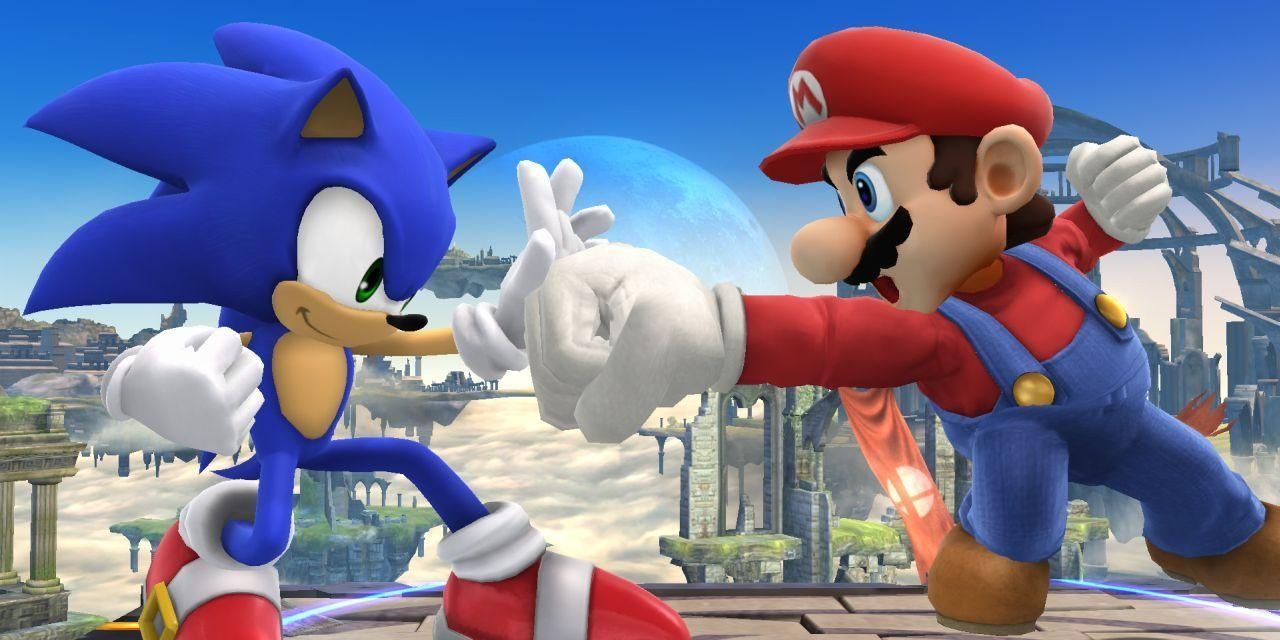
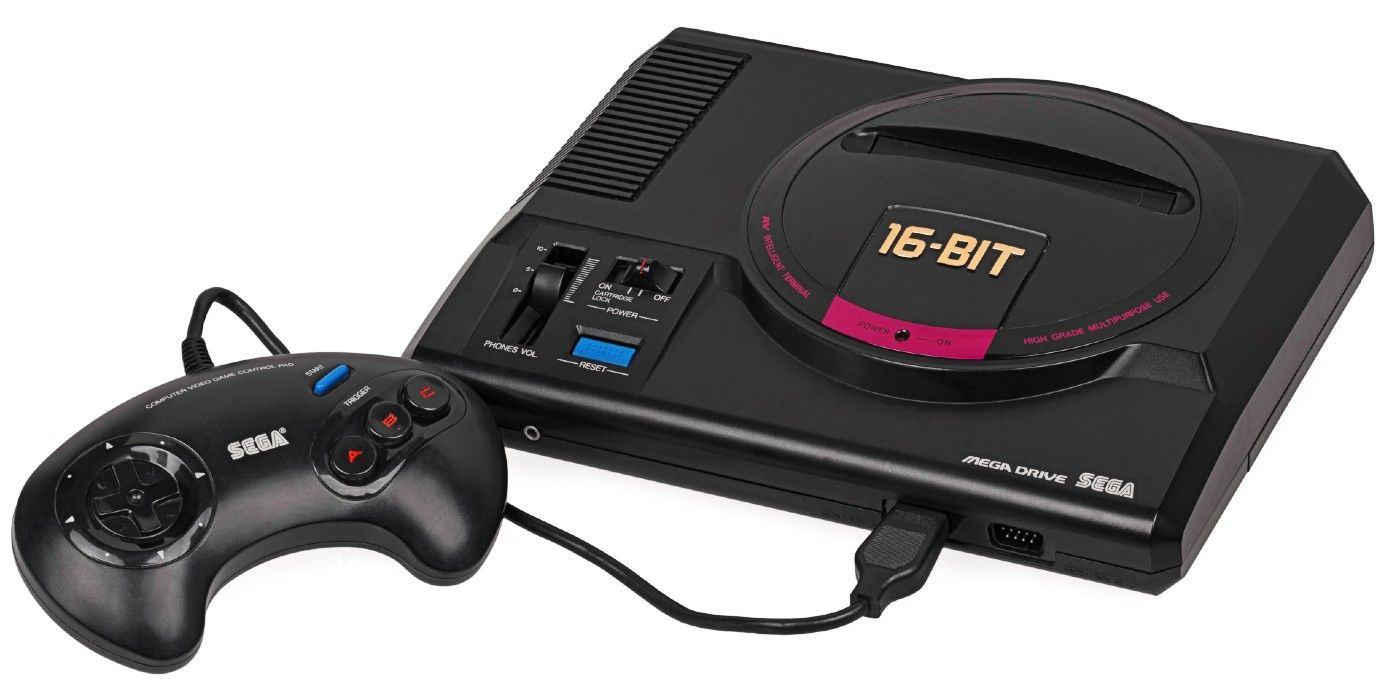
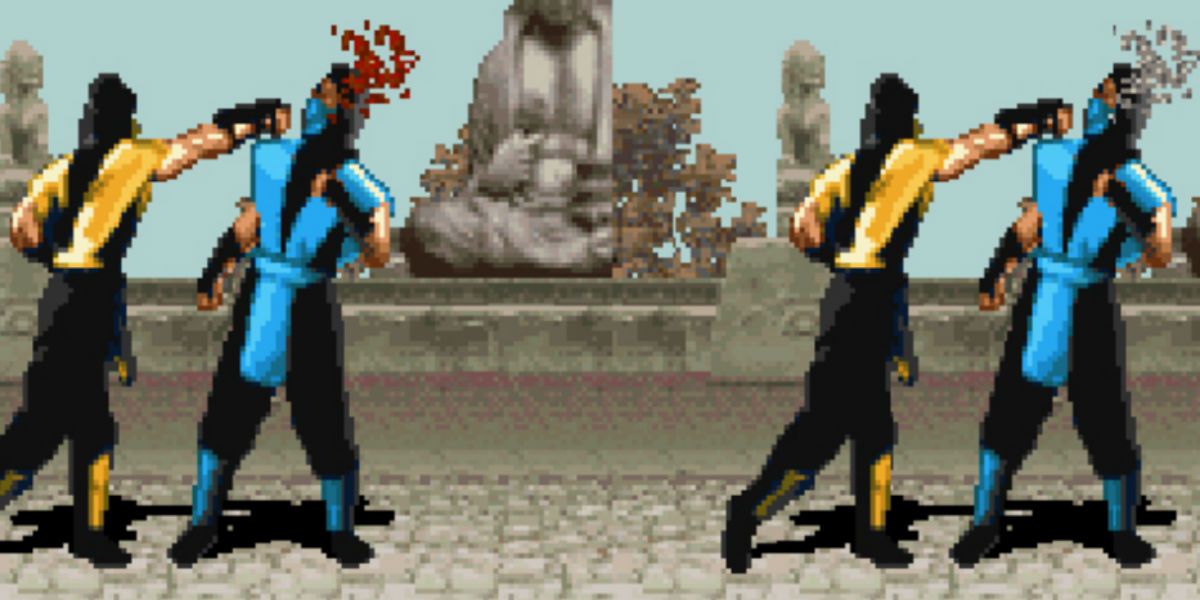
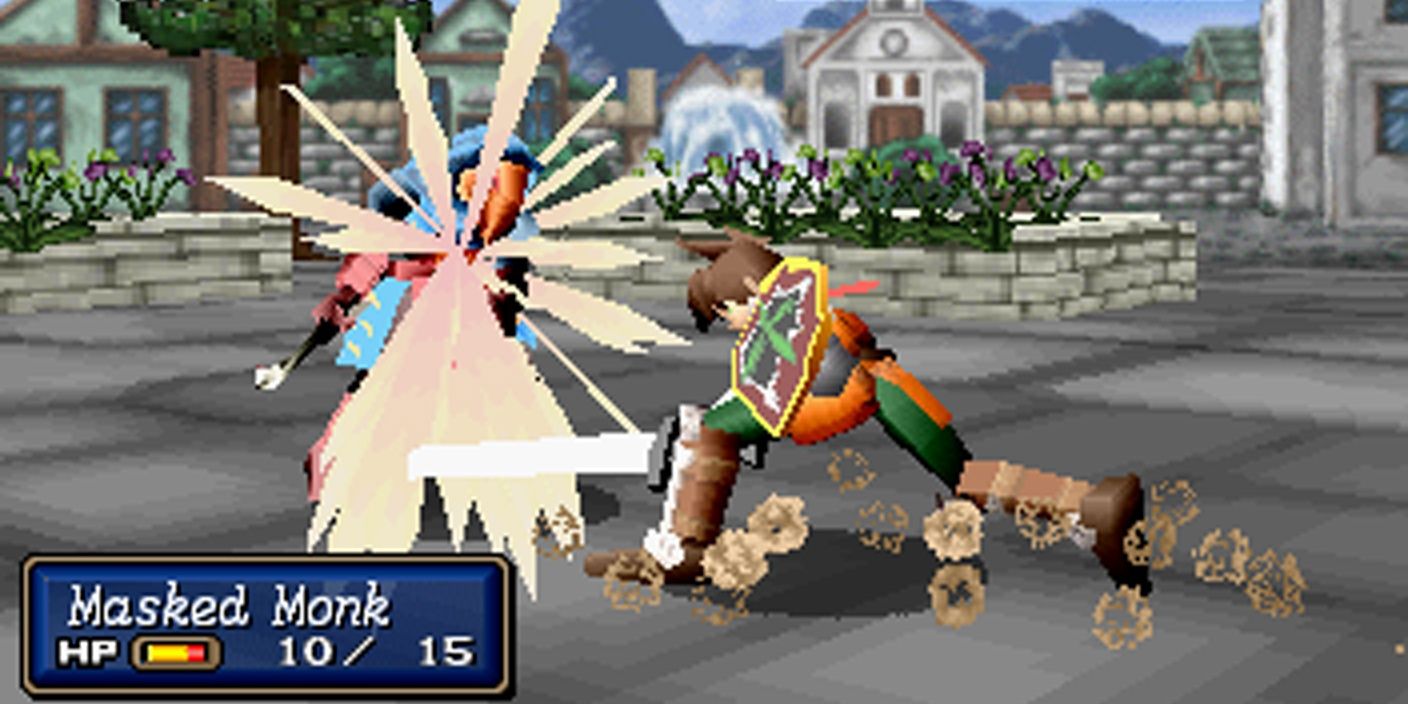
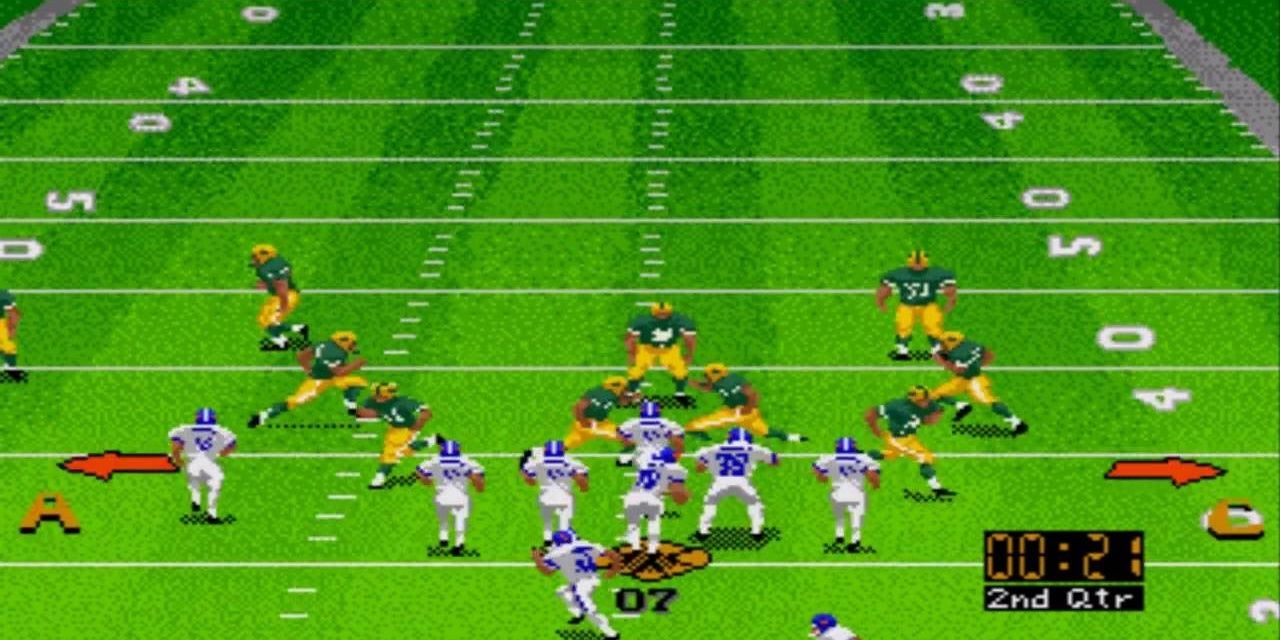
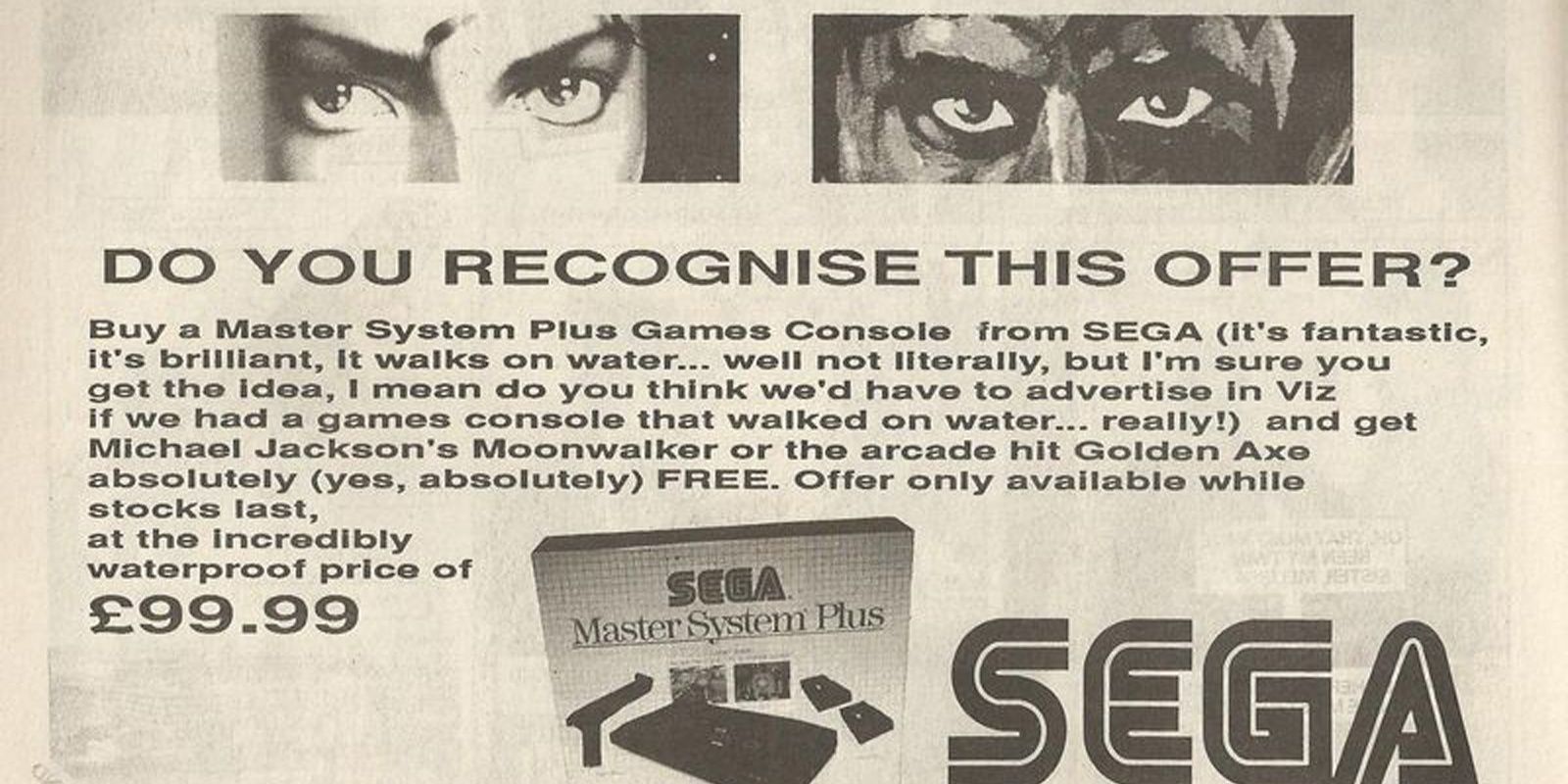
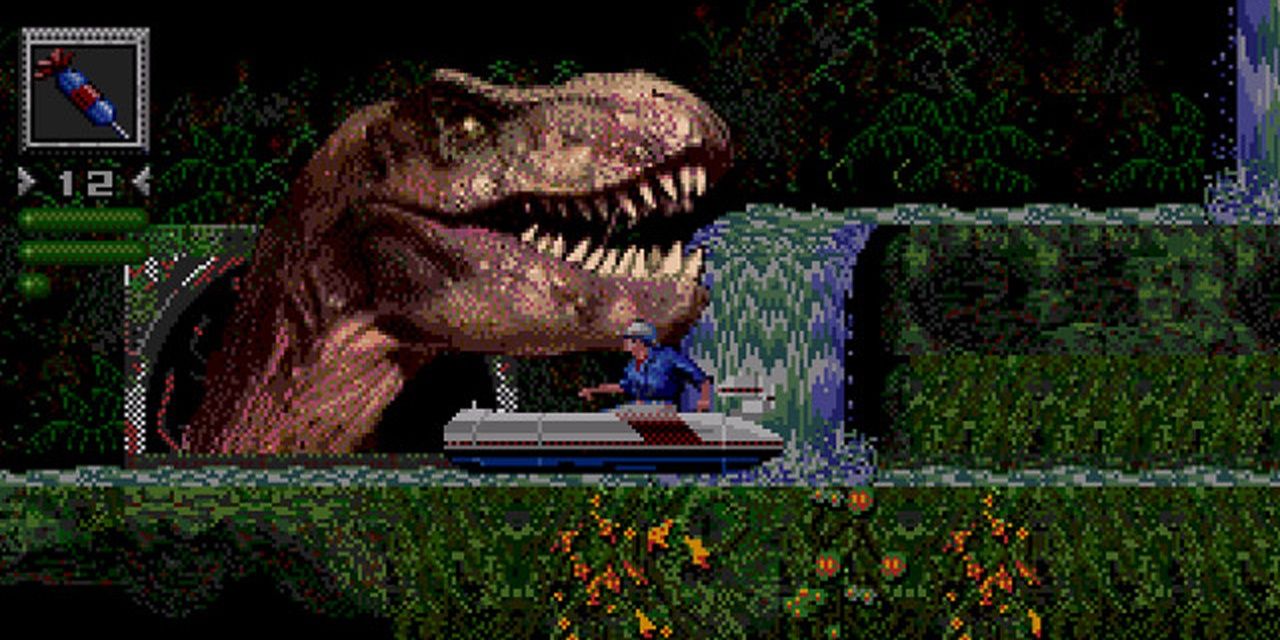
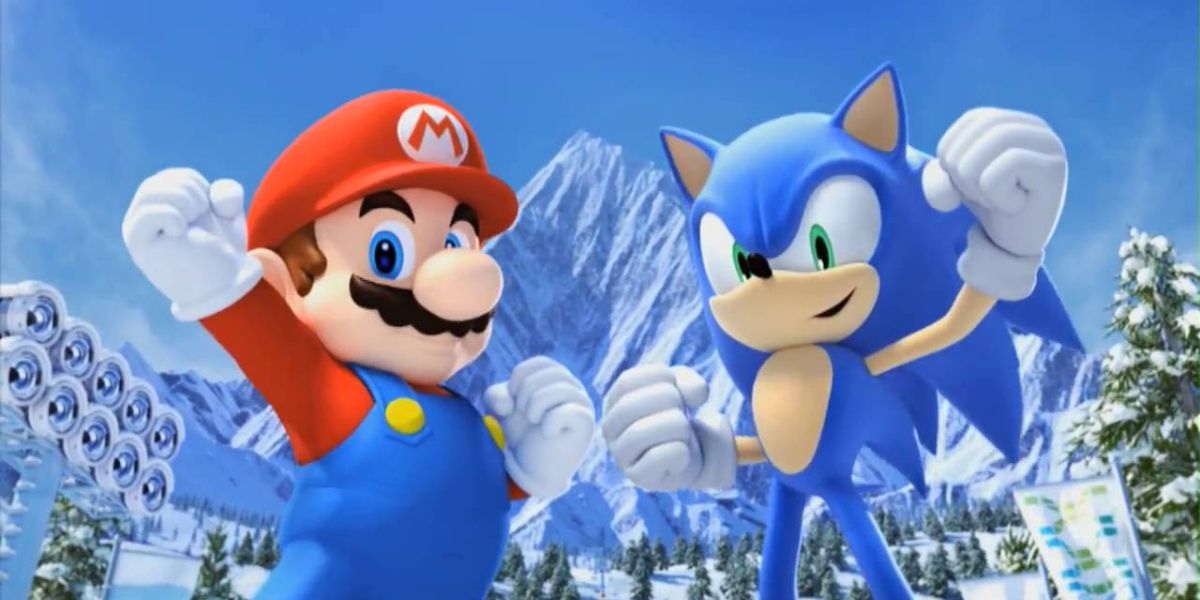

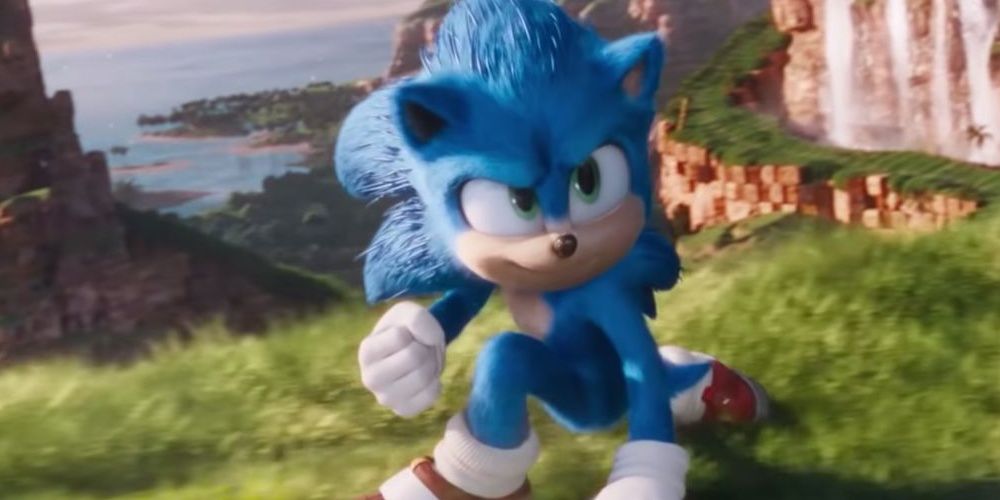
.jpg)